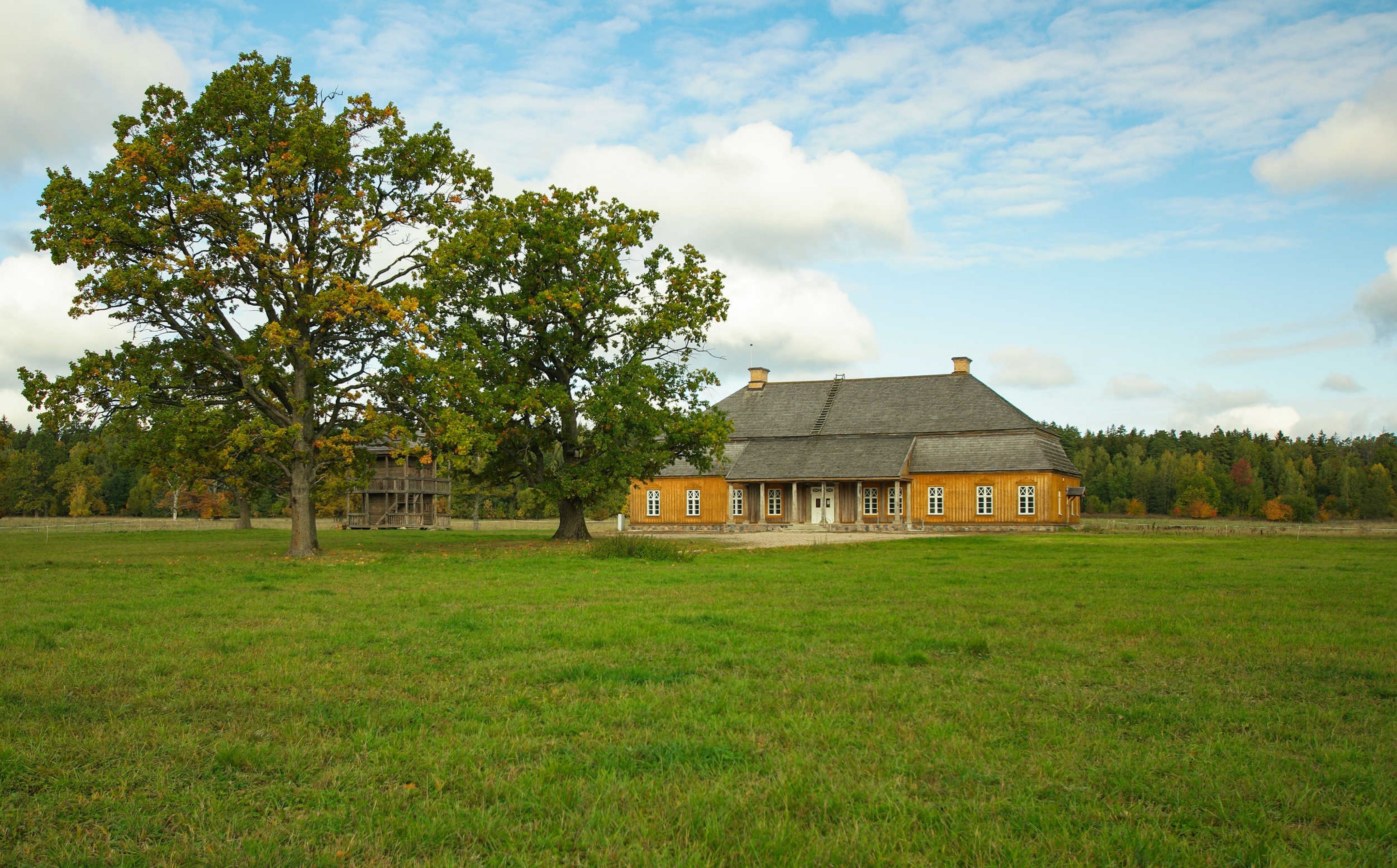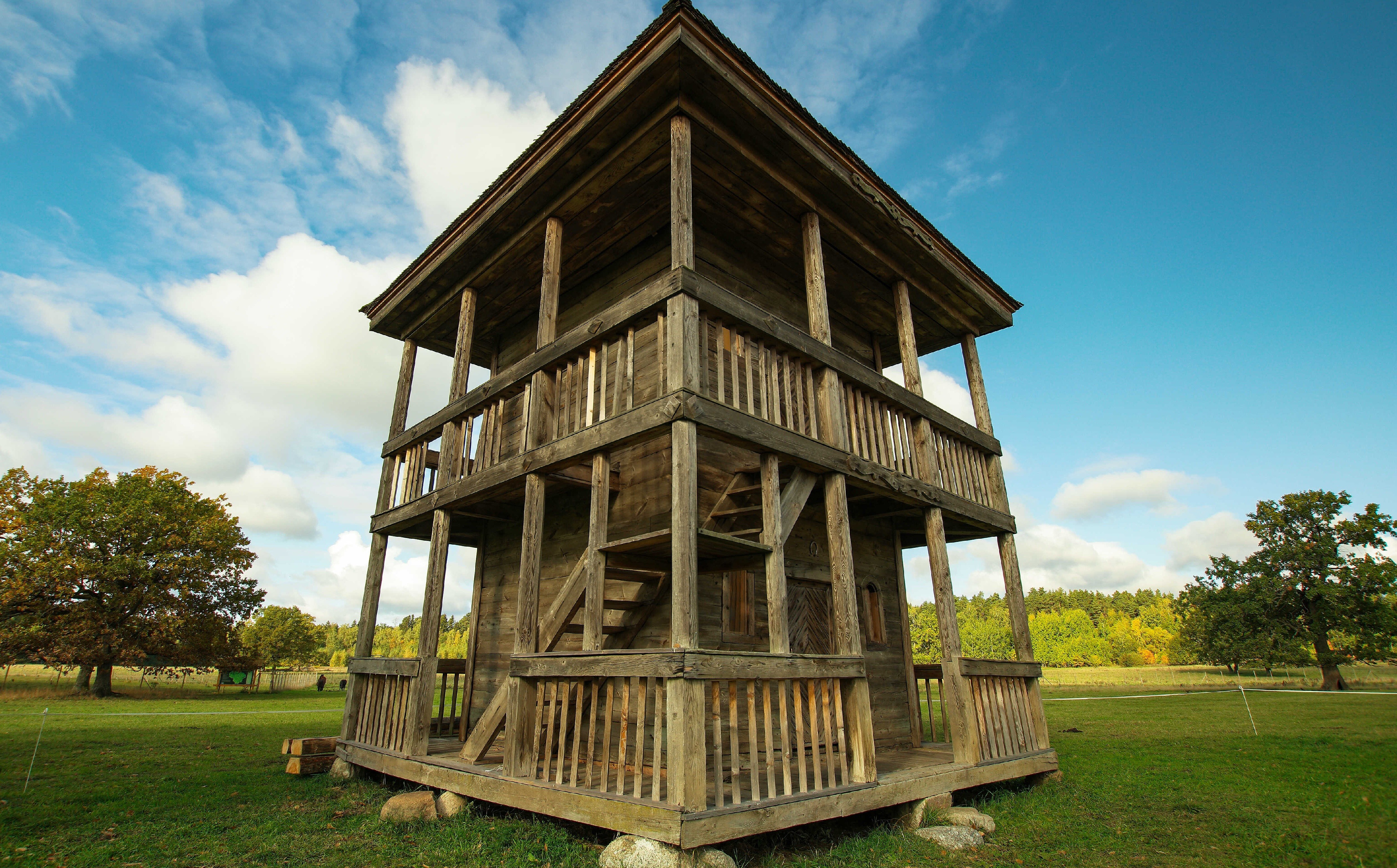Aristavėlė manor
- Home
- Castles and Manors
- Aristavėlė manor
The oldest sources, starting with...
A one-storey building of Aristavėlė Manor House is covered with a huge stepped roof, more than twice the height of the walls. The house had twelve spacious rooms arranged in two rows. The most exquisite was the interior of the dining room. The walls covered with canvas were decorated with polychrome paintings of empire style architectural motifs, and the décor was dominated by military themes.The story goes that the frescos were created by the local painter P. Smuglevičius, in 1812 while waiting for Napoleon to visit the manor... Who never showed up. However, high-ranking Napoleon troops stayed in the manor, and during the uprising of 1863, seven rebels once hid in a large chimney from Russian soldiers who persecuted them.
In 1940, Aristavėlė Manor was confiscated. In the post-war period, the manor housed a collective farm and apartments.In 1980, the former “Sniečkus” collective farm gave the manor house to the Lithuanian Open-Air Museum. The building was then neglected, with pigs even kept at one end of the palace.
In 1987, the palace was dismantled, transported from Kėdainiai district to the museum, stored there and in 2010 rebuilt in the territory of the Lithuanian Open-Air Museum in Rumšiškės. In 2014-2016, Aristavėlė Manor was renovated and opened to visitors.


